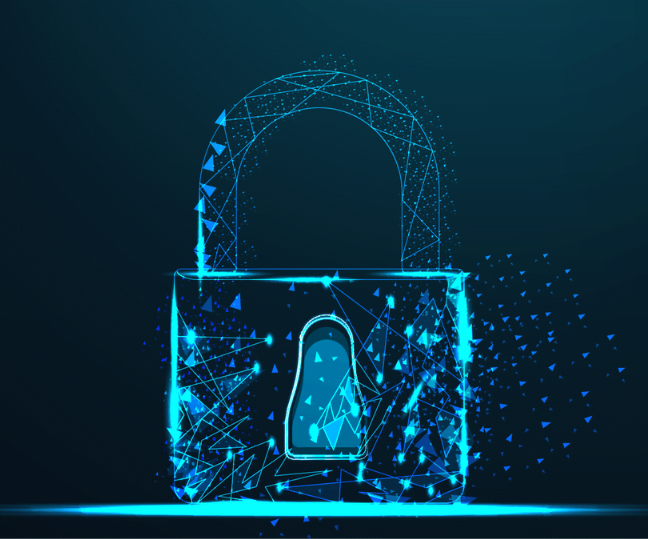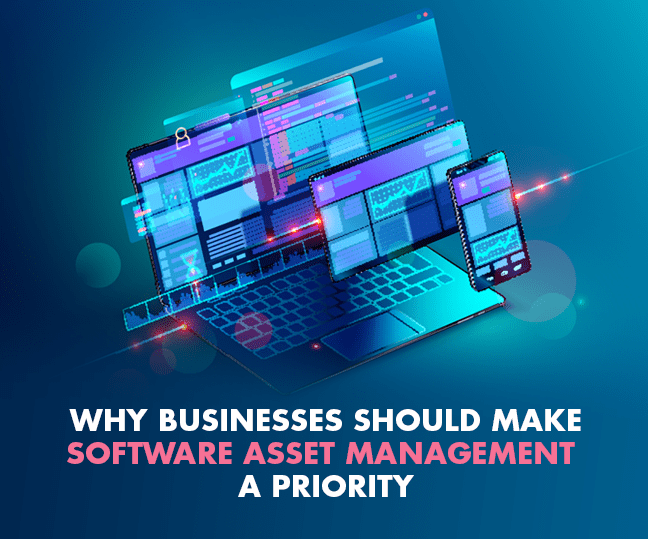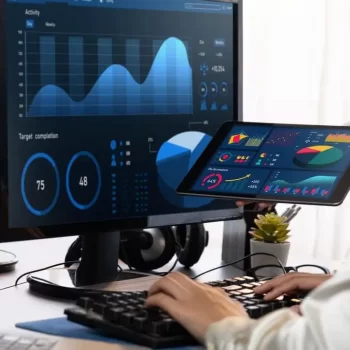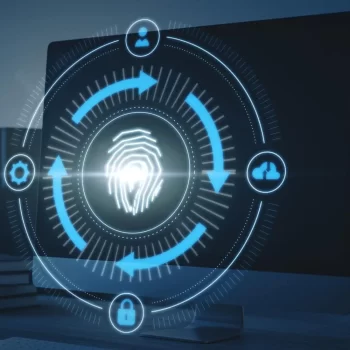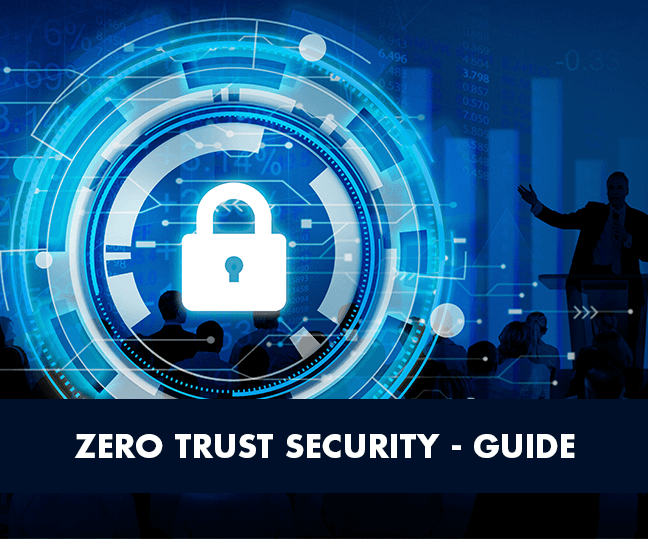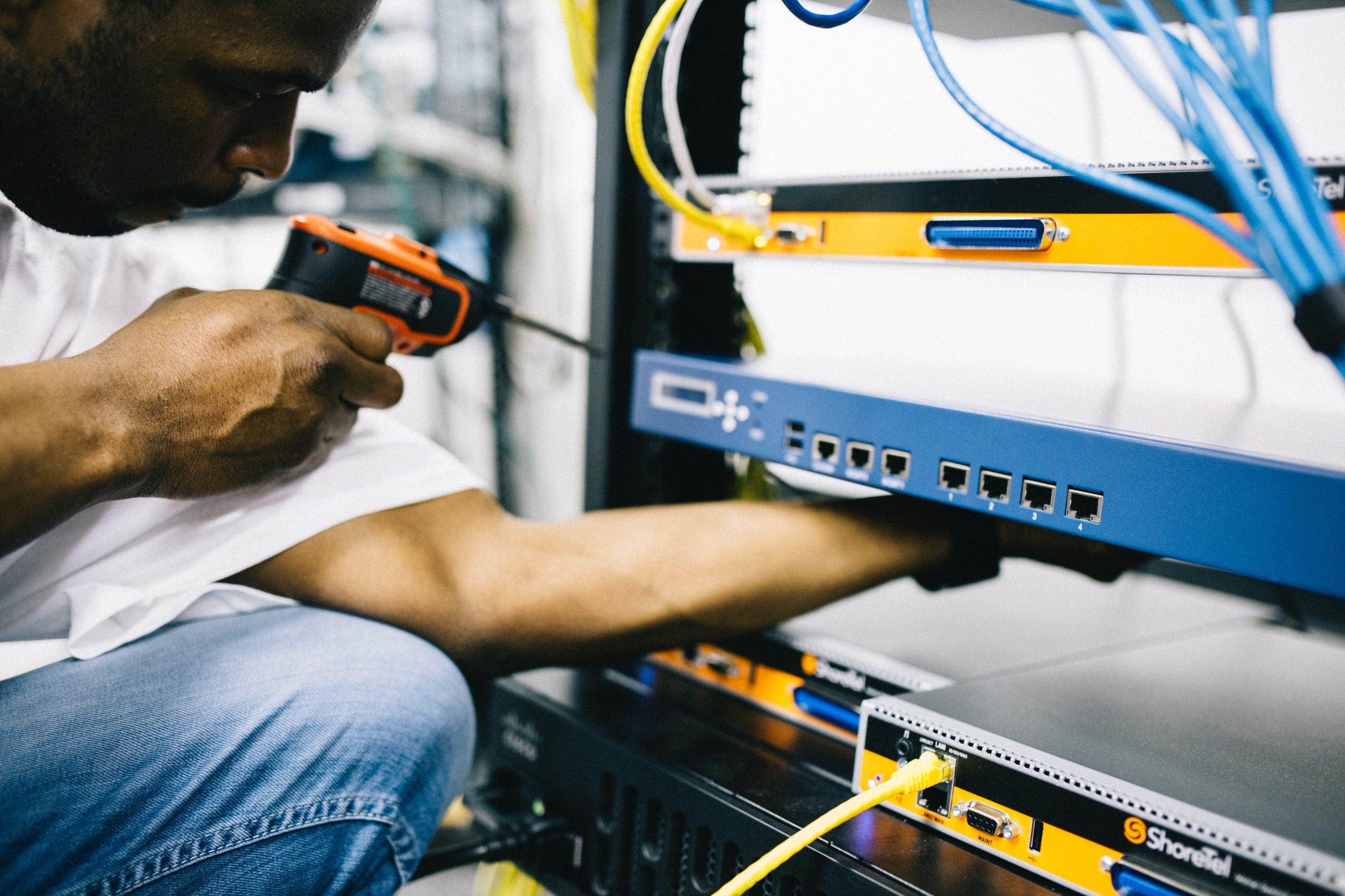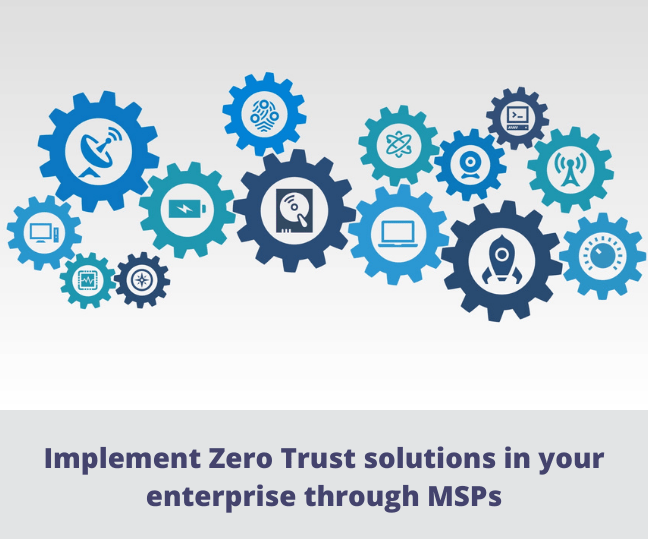How Zero Trust helps in today’s remote and hybrid working models
What started out with hiring the workforce from different parts of the world to cut overhead costs and develop remote and hybrid working teams has become increasingly common, thanks to the COVID-19 pandemic. Working from different locations has become the norm and has changed the way businesses operate. Also, the new normal may be here to stay as working from home benefits the employer and the employee. One of the results of this type of work is that enormous amounts of data are going out through various devices and out of the secure office facility.
Needless to say, this type of data flow also brings up the question of data security, which is why Zero Trust is of utmost importance. It helps overcome challenges, such as.
Improved security on all devices
With people working remotely, they are no longer using office devices that have their physical and electronic layers of security. Public Wi-Fi networks and personal devices are often the reason for data vulnerabilities. With Zero Trust, companies can ensure greater awareness of network security with possible dangers and the preventive best practices. Password policies, securing the work laptops are only a part of the process. However, businesses with remote access to the employee’s work device can ensure more robust levels of security.

Tracking assets on the cloud
Productivity of the business depends on the quality of asset management, be it the infrastructure or the human resources. But, with businesses that operate remotely or using a hybrid workforce, the focus is on technology such as software, applications, and data are the assets that need tracking and managing. Everything from market research, business plans, and reports are sensitive to any business. Breaches in such information can be catastrophic to any business enterprise, even as they traverse the global network of devices. Zero Trust ensures that the remote workers are using their personal devices but remain connected to the office’s network.
Probably replace them with no dependency on client device as all connection start from the gateway server and not from clients..
Adhering to General data protection regulation (GDPR) compliance
GDPR compliance is a business priority, only more so with a remote workforce. However, enforcing the remote employees to stay compliant can be daunting. When away from the office, either working from home or traveling on business, data security best practices often fall by the wayside. Employees go back and forth between work laptops and personal devices or use a public Wi-Fi network, citing work urgency. Hackers find businesses under such conditions an easy target. Zero Trust provides a clear outline of the policies and stipulation of the devices, data access, and encryption of all data and devices to ensure adherence to GDPR compliance.
Following data security protocols
Invariably, data breaches occur because employees overlook the importance of following specific protocols or they are simply unaware of what they are. Businesses need to prioritize sensitizing their employees to the business’ best practices regarding data security protocols. Whatever the method of communication, the significance of following the set standards or protocols must reach the employee and must be taken seriously.
Remote or hybrid working models have become a viable solution to businesses across the globe, and by the next 15 years, 50% of the workforce is likely to be working remotely. The time for ensuring secure and centralized network security through Zero Trust protocols is now.
Wrapping it up
Replacing implicit trust with verification every time has become critical. With Zero Trust, businesses can control data usage, unify data security policies across the board – cloud, SaaS applications, networks, and endpoints. More importantly, an effective Zero Trust approach can also dynamically manage access based on user’s actions in real-time – thereby increasing network security in any dynamic technology ecosystem.










